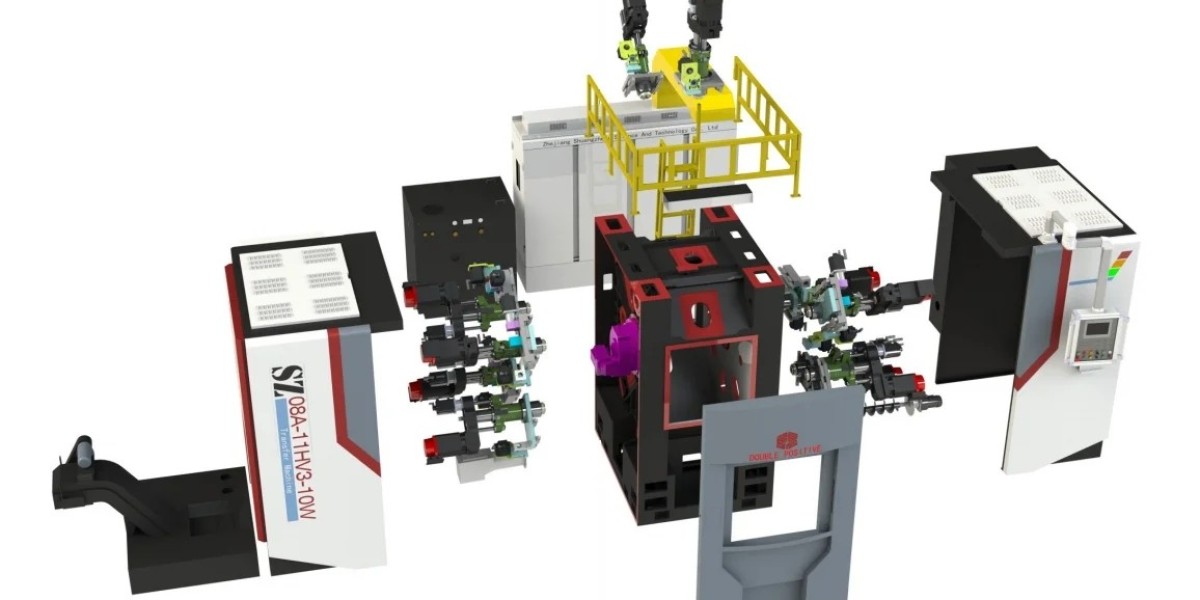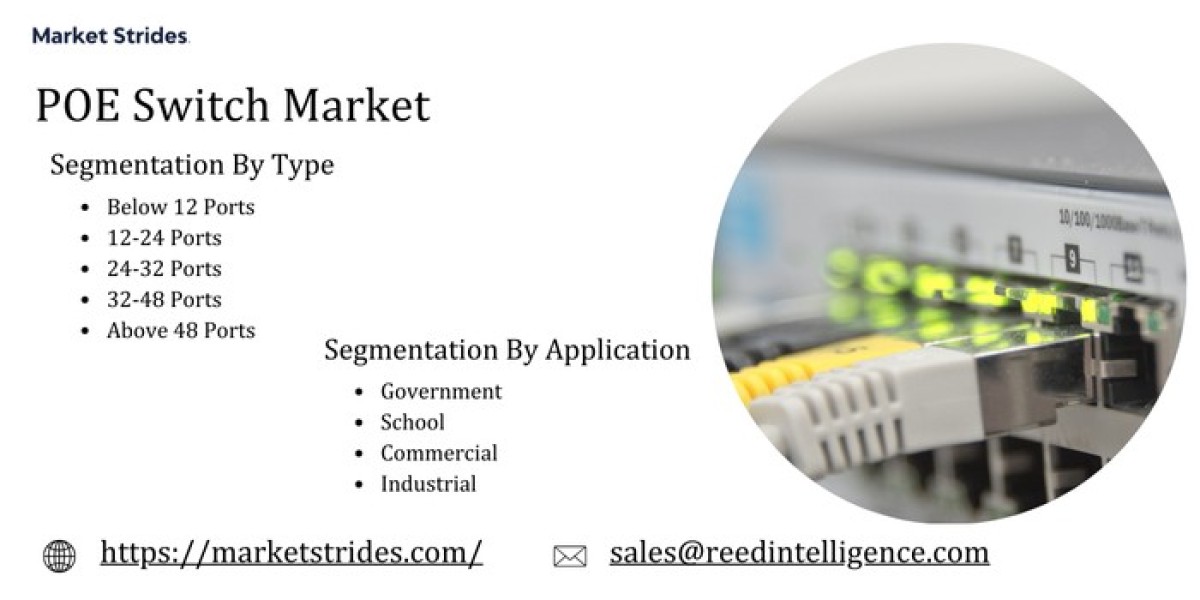drill cnc machine maintenance is one of the important skills to be proficient as a CNC machine maintenance electrician. In actual work, it is necessary to understand the drill cnc machine fault analysis and inspection method.
1. Fault investigation before maintenance
When the industrial machinery electrical failure, do not blindly repair. First of all, ask the operator of the CNC machine tool or the personnel present when the fault occurs the fault phenomenon, ****** sudden occurrence or frequent occurrence, the location of the fault, whether there is smoke, fire, abnormal sound, the surrounding environment when the fault occurs, there is no gas, there is no corrosive gas erosion, there is no water leakage, whether the heat source caused electrical damage, etc. Whether it has been repaired, the content of the repair, what operations and misactions, etc.
Because the operator of the CNC machine tool is familiar with the performance of the CNC machine tool, it is also the first to understand the possible causes and parts of the fault, which is conducive to the CNC machine tool maintenance personnel on this basis according to the relevant working principle to determine the scope of the fault and analyze the cause of the fault.
Before the maintenance, by asking, looking, listening, and touching to understand the operation before and after the fault and the abnormal phenomenon after the fault occurs, so as to determine the fault location according to the fault phenomenon, and then accurately eliminate the fault. Q: Ask the operator about the operating status of the circuit and equipment before and after the fault and the symptoms after the fault occurs, whether the fault occurs often or occasionally; Whether there is noise, smoke, sparks, abnormal vibration and other signs; Before the fault occurs, whether the cutting force is too large and frequent start, stop, brake, etc.; Whether it has been repaired or changed the line, etc. Look: See whether there are obvious appearance symptoms before the fault occurs, such as various signals; The condition of fuses with indicating devices; Protective electrical trip action; The wiring falls off; Contact singeing or fusion welding; Coils overheating and burning. Listen: On the premise that the line can still run and does not damage the equipment, it can be powered on for test, and listen carefully to whether the sound of electric appliances such as motor contactors and relays is normal. Touch: After just cutting off the power supply, touch and check the motor, transformer, electromagnetic coil and fuse as soon as possible to see if there is overheating.
Through the above investigation, we have a preliminary understanding of the phenomenon of the fault, so as to reflect a variety of fault problems, and the fault phenomenon and the fault type are one-to-one corresponding, as long as we can grasp the signs reflected by the phenomenon, it is not difficult to find the fault.
2. Use logical analysis to determine and narrow the fault range
According to the understanding and understanding of the fault phenomenon, the electrical fault phenomenon is further classified, and the scope of the fault is clear whether the motor part, the main circuit part, the control circuit part, or the fault of the control electrical component itself.
3. According to the fault scope, find and determine the fault point
After determining the possible scope of the fault, it is necessary to further determine the fault point, and to find the fault point, it is necessary to apply a correct and effective method.
3.1 Checking the fault Scope
After determining the possible range of failure, the electrical components and connecting wires in the range of appearance inspection, such as: the fuse of the fuse is blown; The wire connector is loose or off; The contacts of contactors and relays fall off or have poor contact, the coil burns out, causing the surface insulation paper to scorch and discolor, and the burnt insulation varnish to flow out; The spring falls off or breaks; The action mechanism of the electrical switch is blocked and fails, etc., which can clearly indicate the fault point.
3.2 Determine the fault point by means of power trial operation
When the appearance inspection does not find the fault point, according to the fault phenomenon, combined with the circuit diagram to analyze the cause of the fault, confirm that the fault will not further expand and cause personal and equipment accidents, in order to more accurately understand the possible causes, the power test can be checked (to remove the load connection), to distinguish whether the fault may be in the electrical part or in other parts such as machinery; Whether on the motor or on the control equipment; In the main circuit or in the control circuit, under normal circumstances, the control circuit is checked first, the specific practice is: when operating a button or switch, the relevant contactors and relays in the line will work according to the specified action sequence. If the action to a certain electrical component is found to be inconsistent with the requirements, it indicates that there is a problem with the electrical component or its related circuit. Then carry on the analysis and inspection item by item in this circuit, generally can find the fault. After the troubleshooting of the control circuit is restored to normal, the main circuit is switched on, the control effect of the main circuit is checked, and the working condition of the main circuit is observed.
3.3 Determine the fault based on the fault scope
When it is clear that the fault range belongs to a certain part, the application of instruments, instruments and corresponding detection methods to further reduce the fault from a larger range, and finally determine the fault point.
drill cnc machine https://www.zjshuangzheng.com/Biaxial-CNC-Machine.html







